What Animals Live At Yellowstone National Park
Yellowstone became a national park on March one, 1872. When President Ulysses S. Grant signed the Yellowstone National Park Protection Act into law, information technology protected more than ii one thousand thousand acres of mountain wilderness, amazing geysers and vibrant landscapes for future generations to enjoy. As we gloat Yellowstone's anniversary, bank check out these interesting facts near our iconic national park.
1. Half the world's hydrothermal features are found at Yellowstone. Yellowstone National Park preserves more than 10,000 hydrothermal features — an boggling collection of hot springs, mudpots, fumaroles, travertine terraces and—of course —geysers. Microorganisms called thermophiles — meaning "oestrus loving" —live in these features and give the park its brilliant colors.
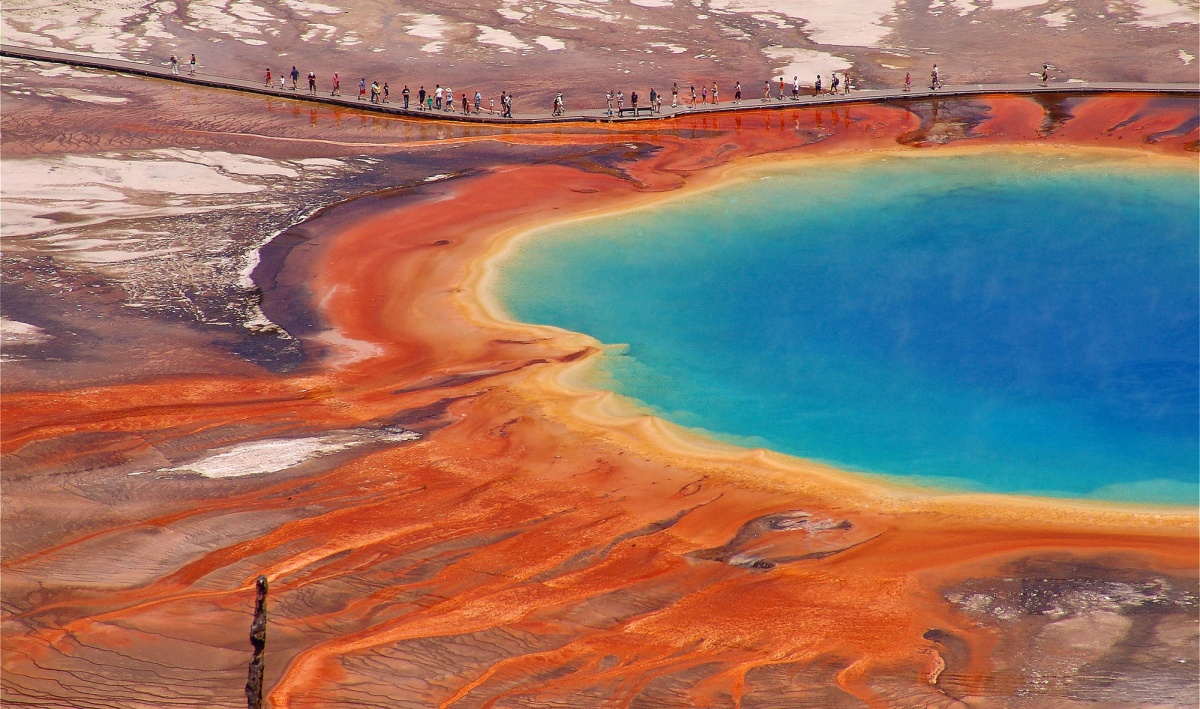
2. Former Faithful isn't equally reliable as its name. Sprinkled amid the hot springs are the rarest fountains of all —geysers —and Yellowstone has more than anywhere else on earth. The nearly famous: One-time Faithful, which got its name in 1870 for its regularity. During the terminal few decades, the average interval betwixt eruptions has lengthened, causing some to question its faithfulness. While this geyser has never erupted at verbal hourly intervals, its eruptions are somewhat anticipated. Plus, Old Faithful erupts more oft than any of the other large geysers—effectually 17 times a 24-hour interval.
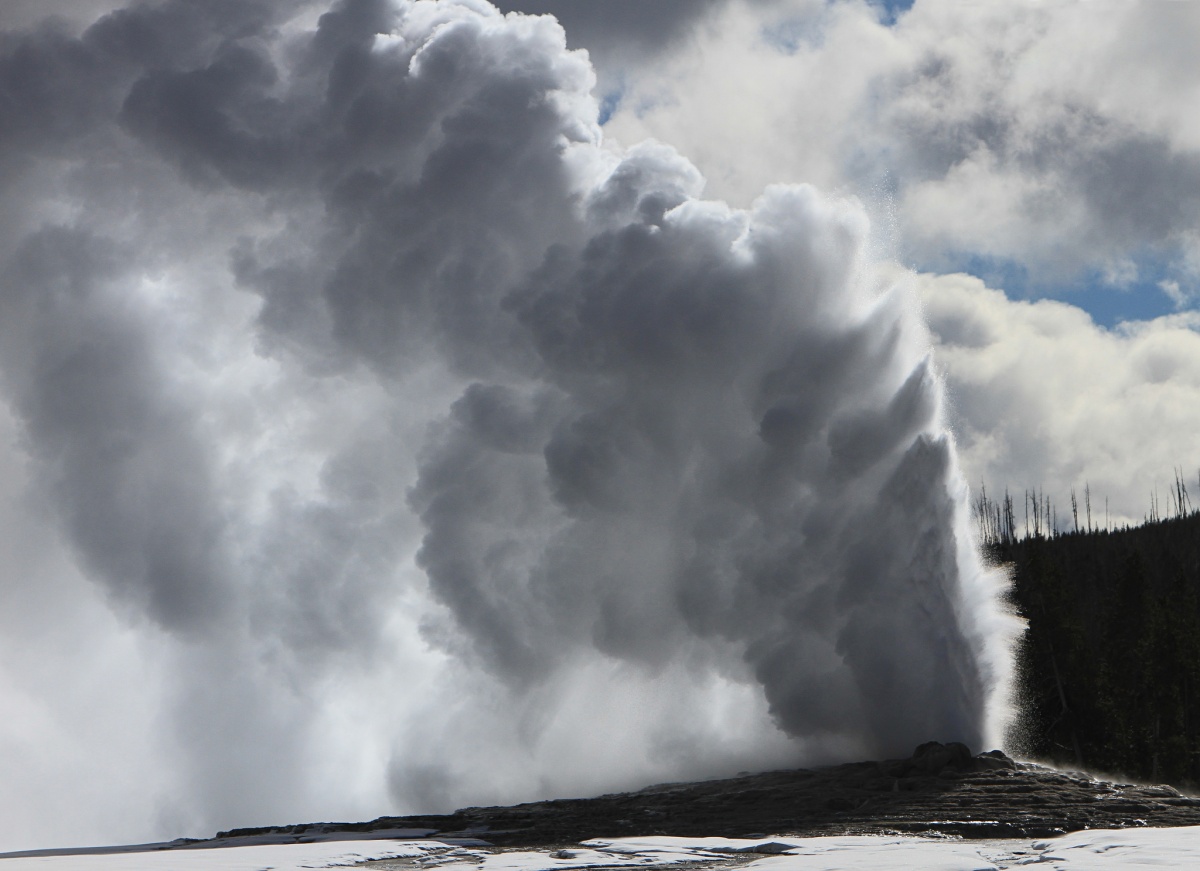
three. "Share the road" takes on a whole new meaning at Yellowstone. Across its geysers, Yellowstone is earth-renowned for its bison herds. It'south the only place in the U.S. where bison accept lived continuously since prehistoric times. Blitz hour hither is a niggling different with bison often causing traffic jams —nicknamed bison jams—as cars wait for the animals to cantankerous the road. Acquire more interesting facts about Yellowstone's bison.
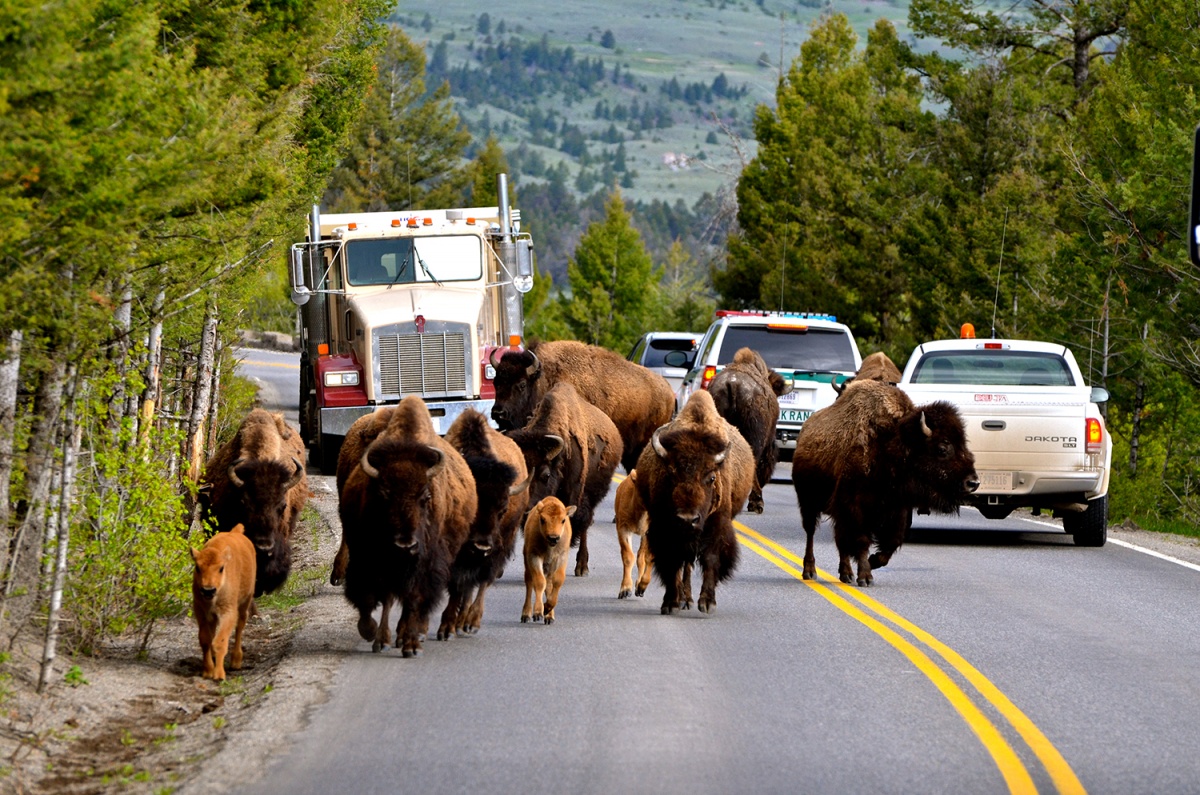
4. Yellowstone's history dates back eleven,000 years. Man history in the region goes dorsum more 11,000 years. The earliest intact archeological deposits in the park were discovered at a site on the shore of Yellowstone Lake. The first American to explore the area was John Colter, a veteran of the Lewis & Clark expedition. After years in the wilderness, Colter began to tell others of the expanse's incredible geothermic activeness. Few believed these fantastic stories and mocked the region, calling it "Colter's Hell."
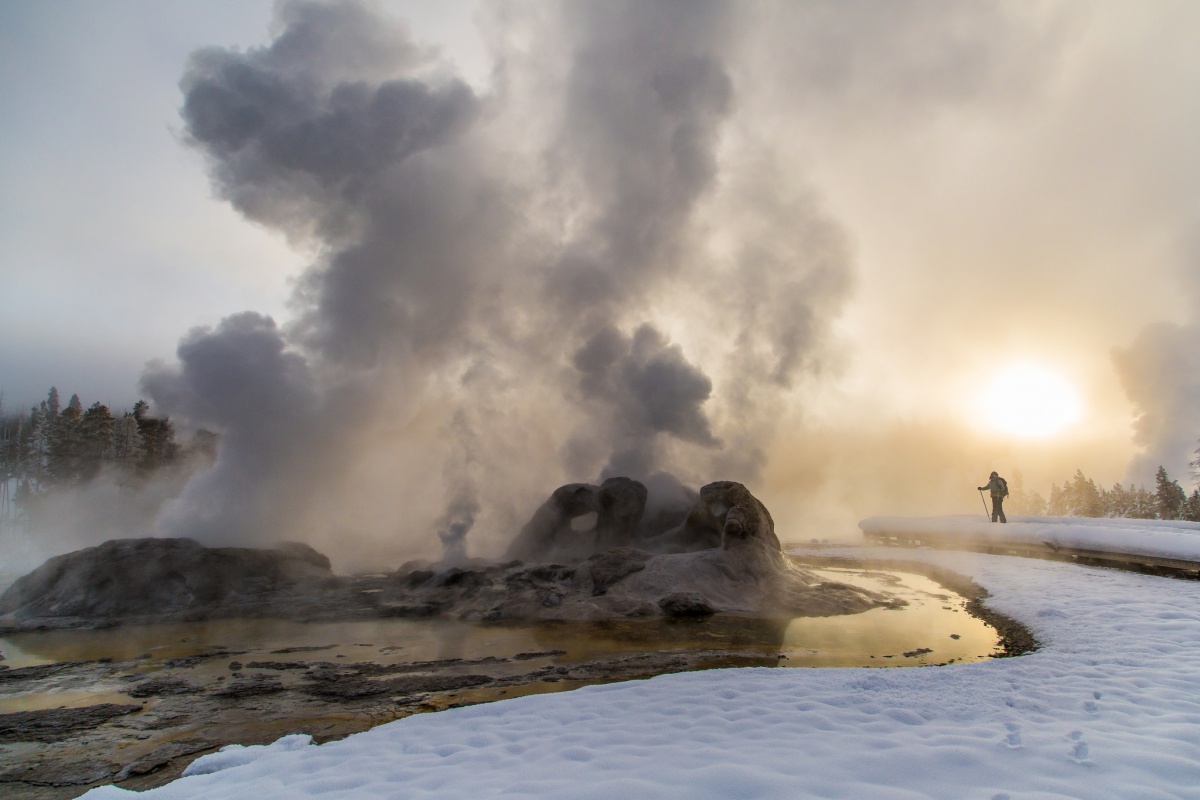
v. Yellowstone is a supervolcano. One of the globe's largest active volcanoes lies beneath Yellowstone. The first major eruption of the Yellowstone volcano occurred 2.one million years ago and covered more than five,790 square miles with ash. That'due south among the largest volcanic eruptions known, and marks Yellowstone as a supervolcano (a term used to describe any volcano with an eruption of more than 240 cubic miles of magma). While the volcano is even so active, it'southward been virtually 70,000 years since the last lava menses. With the U.S. Geological Survey and Academy of Utah, the National Park Service established the Yellowstone Volcano Observatory in 2001 to monitor volcanic and seismic activity in the area.
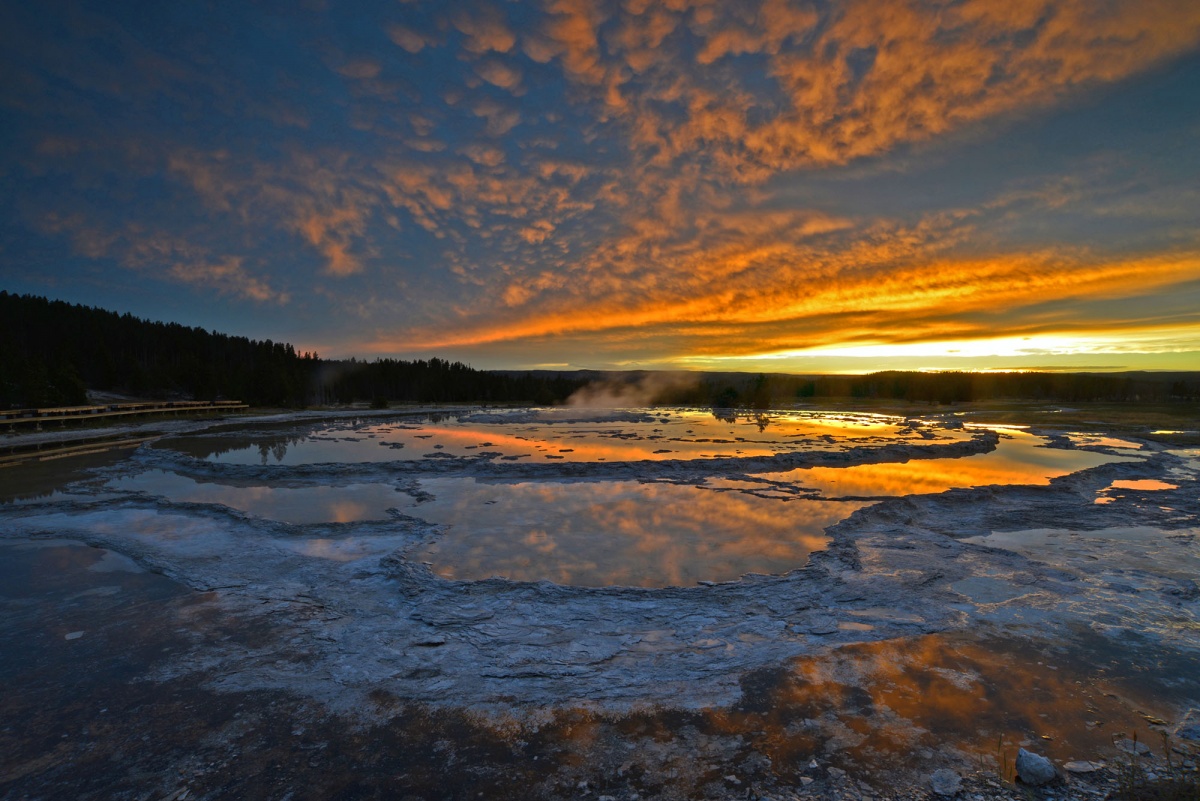
half dozen. Yellowstone is home to the largest concentration of mammals in the lower 48. Yellowstone's wild fauna is abundant and diverse with an estimated 300 species of birds, sixteen types of fish and 67 species of mammals — the largest number of mammal species in the contiguous Us. The list of mammals includes grizzly bears, wolves, lynx, fox, moose and elk. But remember, no thing how absurd the animals are, y'all shouldn't arroyo them. Park rules state that yous must stay at least 100 yards from bears and wolves and at least 25 yards from other large animals.
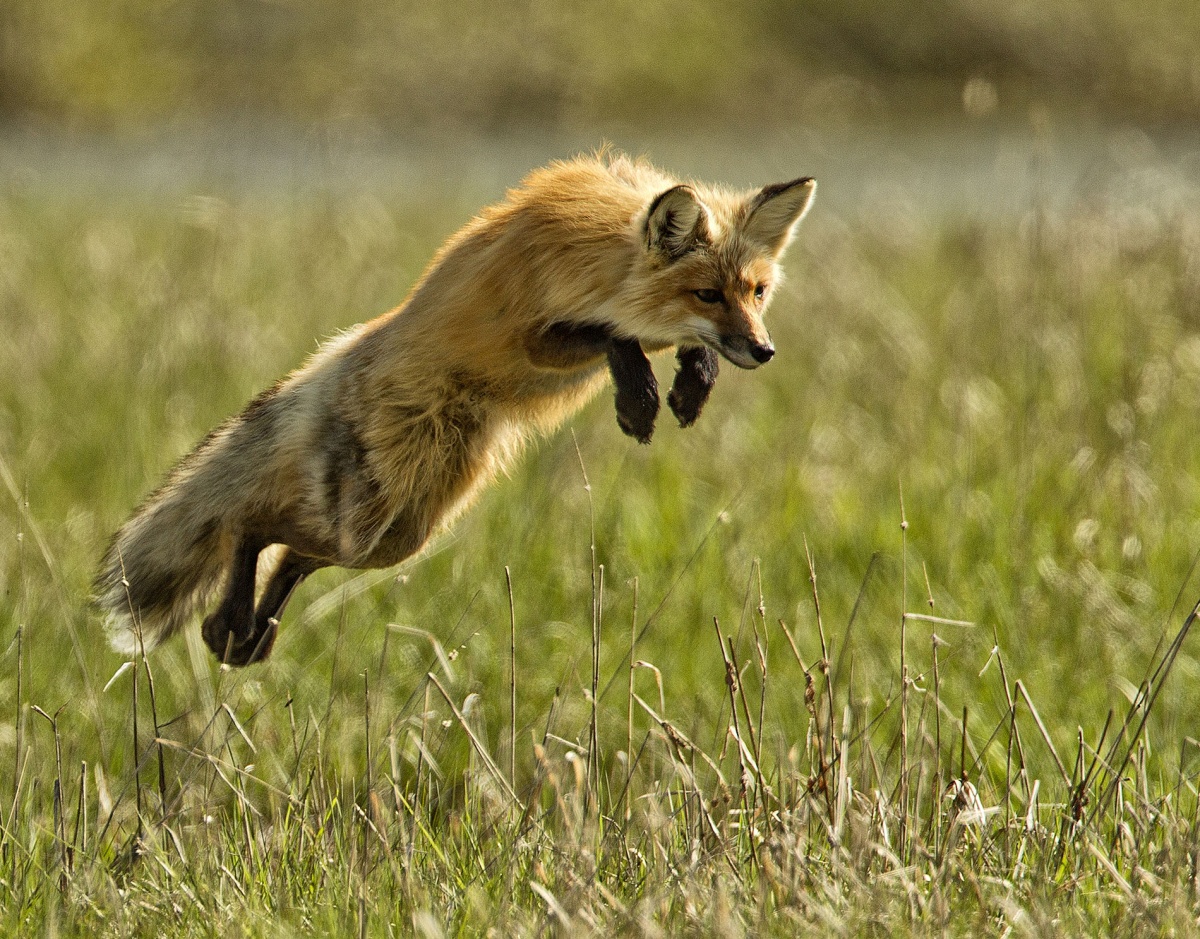
seven. Yellowstone has its own Grand Canyon. The Grand Canyon isn't just in Arizona —in that location'south also the Grand Canyon of the Yellowstone. Created by erosion from the Yellowstone River, the coulee is more than ane,000 feet deep, 1,500-4,000 feet wide and roughly 20 miles long — it likewise provides endless views. 1 of the most photographed views in Yellowstone is the canyon from Artist Point, and we can definitely see why!
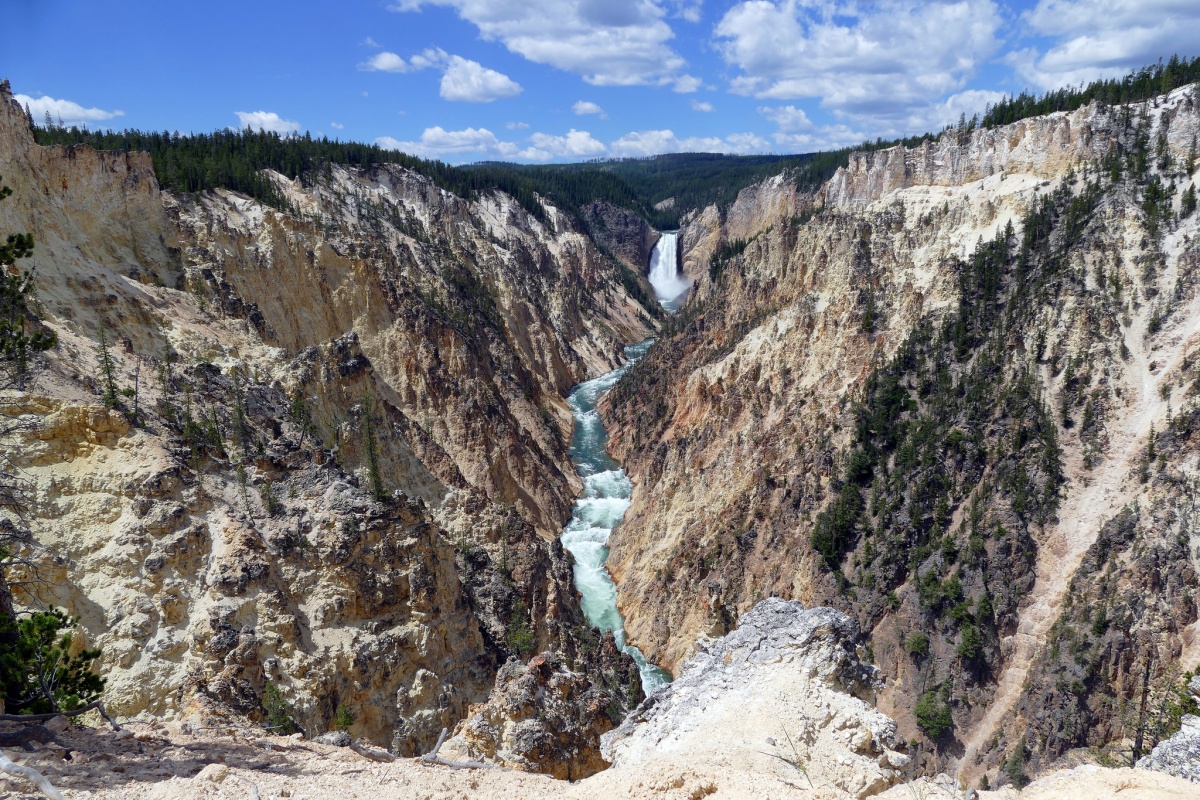
Now the question is, when will you visit Yellowstone National Park and find your park?
Source: https://www.doi.gov/blog/7-things-you-didnt-know-about-yellowstone-national-park
Posted by: rodriguezrecke1963.blogspot.com

0 Response to "What Animals Live At Yellowstone National Park"
Post a Comment